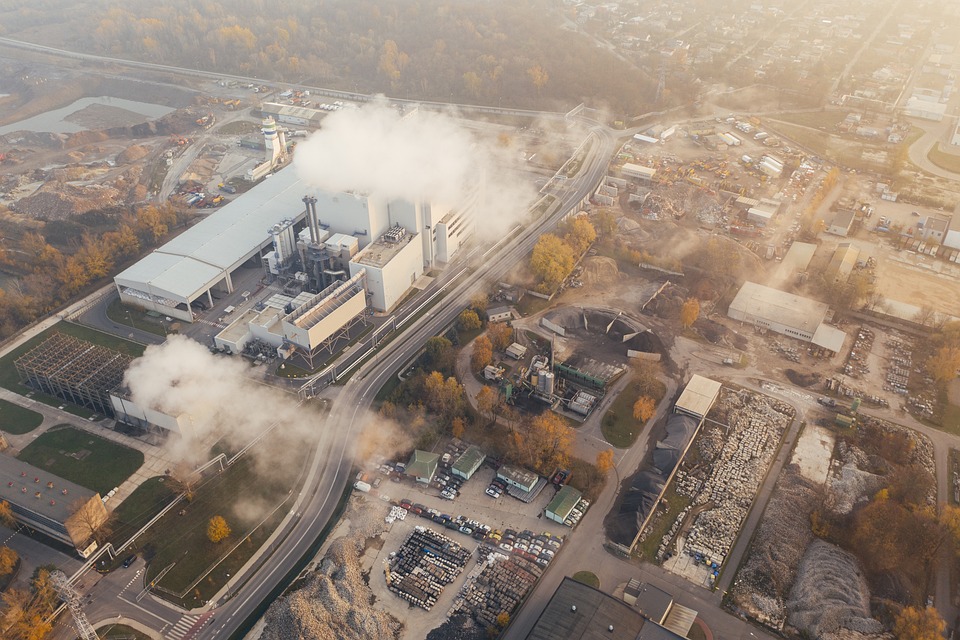The Carbon Conundrum: Can Technology Save Our Planet from Climate Disaster?
As the world grapples with the daunting challenges of climate change, one question dominates the headlines: can technology save us from the brink of disaster? The answer lies in understanding the intricate relationships between human activity, carbon emissions, and the planet’s delicate ecosystem.
The Problem: Carbon Emissions
In the past century, human societies have become increasingly reliant on fossil fuels – coal, oil, and natural gas – for energy. This reliance has led to an exponential increase in carbon dioxide (CO2) emissions, which have skyrocketed from 280 parts per million (ppm) in the 1800s to over 415 ppm today. The consequences are alarming:
- Rising global temperatures: Average temperatures have increased by 1°C since the Industrial Revolution, with the past decade being the warmest on record.
- Extreme weather events: More frequent and intense hurricanes, droughts, and wildfires wreak havoc on communities worldwide.
- Melting glaciers and sea-level rise: Threatening coastal cities and ecosystems, as well as disrupting global ocean currents.
The Hope: Renewable Energy and Carbon Capture
Advances in technology offer a beacon of hope. Renewable energy sources like solar and wind power are becoming increasingly cost-competitive with fossil fuels, driving a shift towards cleaner, more sustainable energy production.
- Solar Power: Photovoltaic (PV) panels convert sunlight into electricity, reducing reliance on fossil fuels and CO2 emissions.
- Wind Power: Turbines harness wind energy, producing electricity and decreasing greenhouse gas emissions.
- Carbon Capture and Storage (CCS): Technologies that capture CO2 emissions from power plants and industrial processes, followed by storage in geological formations, have shown promising results.
Additional Strategies
Beyond renewable energy and carbon capture, other innovative solutions are gaining traction:
- Energy Storage: Advances in battery technology and grid management enable efficient storage and distribution of renewable energy.
- Electrification of Transportation: Electric vehicles (EVs) and public transportation systems reduce emissions, while also decreasing reliance on fossil fuels.
- Carbon Sequestration: Techniques like afforestation and reforestation, as well as biochar production, aim to remove CO2 from the atmosphere.
The Challenge: Implementing Technologies at Scale
While breakthroughs in technology are crucial, they alone cannot solve the carbon conundrum. Widespread adoption requires:
- Global Coordination: International agreements and collaborations facilitate the sharing of knowledge, resources, and best practices.
- Economic Incentives: Governments and private industries must provide economic benefits for investing in renewable energy and reducing carbon emissions.
- Public Awareness: Educating consumers and promoting sustainable practices encourages individual action and fosters a culture of environmental responsibility.
The Future: A World Worth Saving
The carbon conundrum is a complex, pressing issue requiring immediate attention. As technological innovations continue to evolve, we must strive for global cooperation, economic motivation, and public engagement to create a cleaner, more sustainable future.
Frequently Asked Questions
Q: How much would it cost to transition to 100% renewable energy?
A: Estimates vary, but a 2018 study by the National Renewable Energy Laboratory found that reaching 80% renewable energy by 2050 could cost around $1.2 trillion, or about 0.25% of global GDP.
Q: Will carbon capture and storage technologies alone solve the carbon problem?
A: CCS is a crucial tool, but its effectiveness depends on widespread adoption, along with other strategies like renewable energy, energy efficiency, and carbon sequestration.
Q: Can individuals make a significant impact in reducing carbon emissions?
A: Yes, individual actions like reducing energy consumption, using public transportation, and eating plant-based diets can collectively make a meaningful difference.
Q: What are some early signs of climate change?
A: Obvious signs include rising sea levels, increased frequency of extreme weather events, and changing ecosystems. Less obvious indicators include reduced crop yields, altered migratory patterns, and increased risk of water scarcity.
Image: "Clean Energy Future" by Freepik (Illustrator’s concept art)
Stay curious, stay informed, and together, let’s shape a brighter, more sustainable tomorrow!


